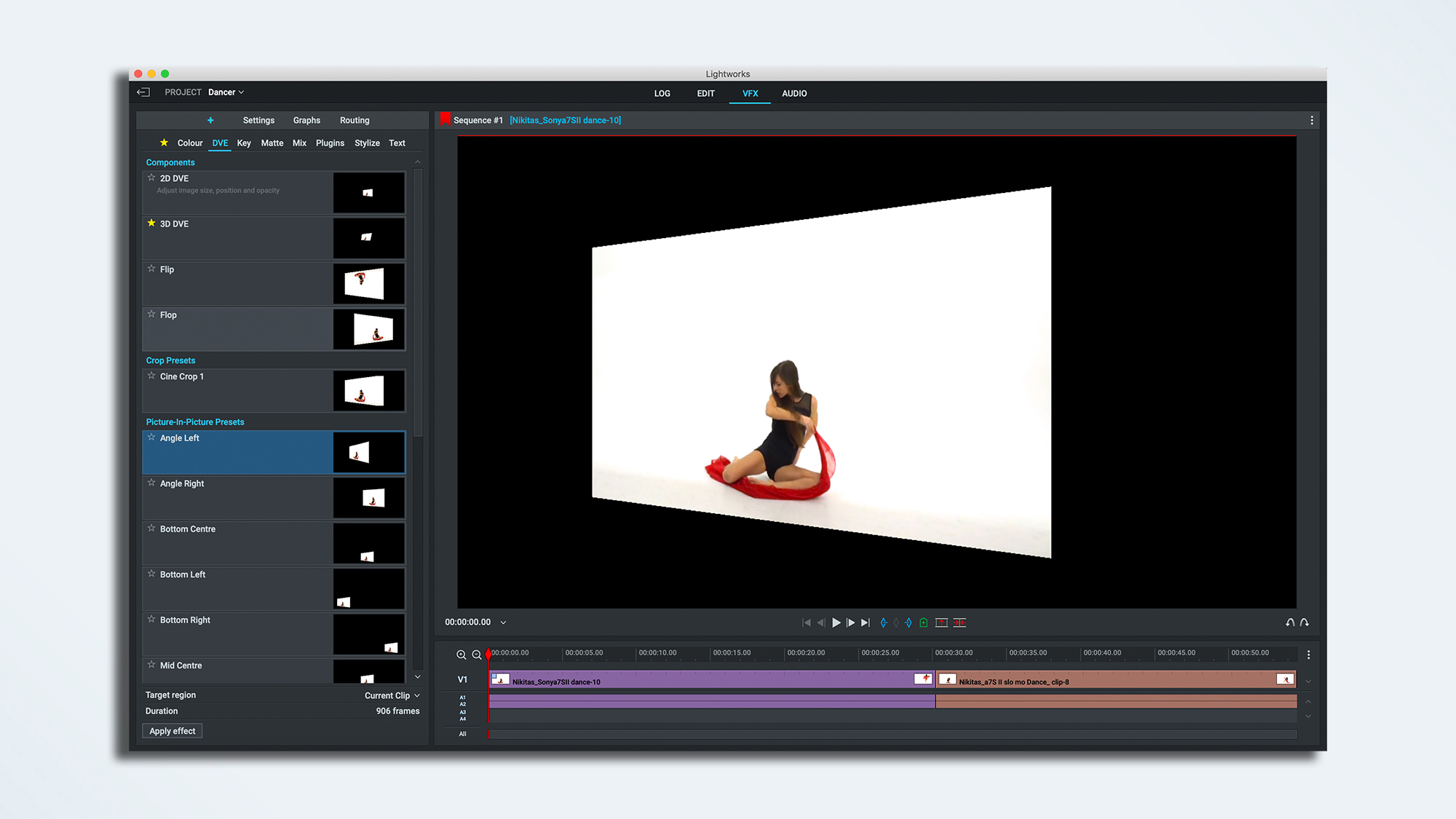

Think of videos as a series of still images played back to back really fast so that it looks like the picture is moving, much like a flip book! I won’t bore you with the history and differences of frame rates right now, but I will say that most home videos are probably 30 or 60 fps, and you’d only see 24 fps if you were making a film. The frame rate is the speed at which a video displays unique, consecutive images called frames. It’s very important that you know the frame rate of your video because Lightworks won’t let you mix frame rates. Frame rate is also referred to as frames per second, or fps for short. I prefer a neutrally colored work environment, so I’ve modified my window colors to be a dark gray instead of the standard blue.īefore we can get started, Lightworks needs to know the name and frame rate of your project. If you’d like it to look and act more like a native application, click on “System Settings” in the bottom left corner and set “Fullscreen window” to “No”.įrom the System Settings menu, you may also customize various aspects of the user interface.

Because Lightworks was initially distributed as a turnkey solution for production studios, the interface dominates your entire screen, obscuring the underlying operating system. Open up the application and inhale deeply as you gaze into the calming, blue interface. If you haven’t already done so, visit to download and install Lightworks. In this introductory lesson, we’ll create our first project and take a high-level tour of the Lightworks toolset. The Lightworks way of editing can be daunting even for those familiar with other modern NLEs, but I guarantee you’ll be a better, more efficient editor once you master it. Because Lightworks is so steeped in film editing history, it’s interface and workflow can be overwhelming for the uninitiated.

It’s a redundant term in regards to editing software, as all digital video editors are non-linear by nature. You’ll often hear video editing software referred to as “non-linear editors” (NLEs), which is just a fancy way of saying that video clips can be cut, trimmed, and spliced out of order while preserving the integrity of the source material. Lightworks was made with film industry veterans in mind enhancing the inherently linear workflow with non-destructive tools.

Being at the forefront of the digital film editing revolution, much of the terminology and techniques used throughout the application honor the tradition of hand-cut films. While Lightworks has only been available to the general public for a few short years, this award-winning editing suite has been servicing film industry professionals since the early 1990s.


 0 kommentar(er)
0 kommentar(er)
